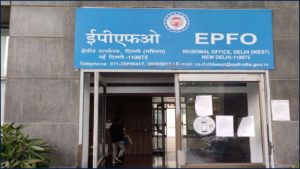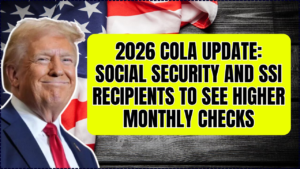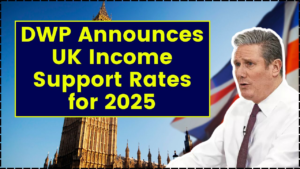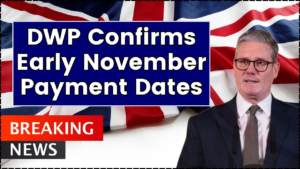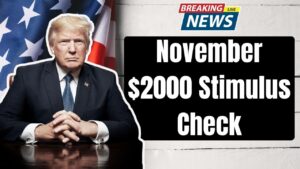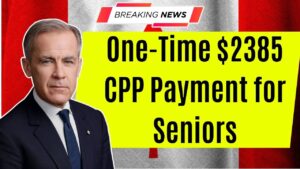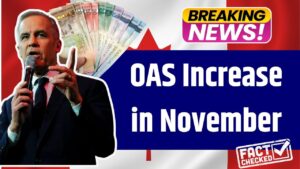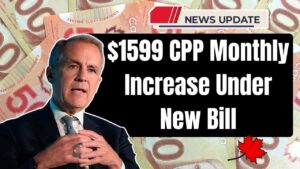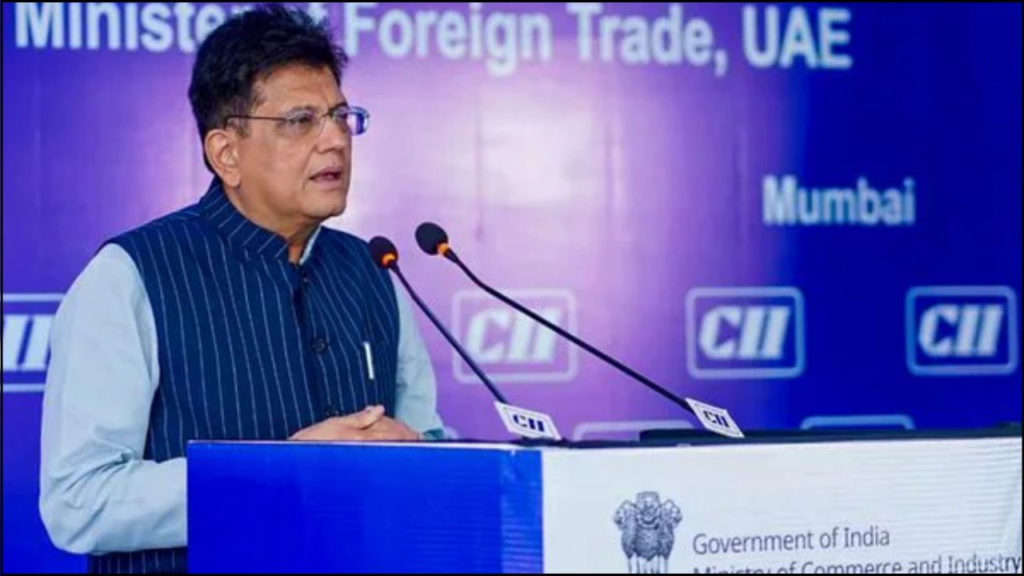
Commerce and Industry Minister Piyush Goyal has confirmed that India is negotiating free trade agreements (FTAs) with Oman, the United States, the European Union, and several other partners. The push reflects India’s strategy to expand its trade footprint and integrate more deeply with global supply chains at a time of shifting geopolitical and economic dynamics.
Table of Contents
India’s Expanding Trade Agenda
Minister Goyal said that active negotiations are taking place not only with Oman, the US, and the EU, but also with New Zealand, Peru, and Chile.
The government sees FTAs as a way to boost exports, attract foreign investment, and strengthen India’s position as a trusted alternative in global supply chains. “India is actively engaging with partners worldwide to secure balanced, fair, and mutually beneficial trade deals,” Goyal said.
Why Oman, EU, and US Matter
Oman: Gateway to West Asia
Negotiations with Oman are in the final stages. The Gulf nation is a vital energy supplier and a strategic partner in the Indian Ocean. Trade experts say the deal could open new opportunities for Indian exports in petrochemicals, textiles, IT services, and renewable energy, while Oman could gain access to India’s large consumer base.
The European Union: India’s Third-Largest Trade Partner
The EU accounts for nearly 11% of India’s total trade. Talks with Brussels, ongoing since 2022, aim to lower tariffs and harmonise regulatory standards. Both sides hope to complete the deal by the end of 2025, though disputes over agriculture, labour rights, and environmental standards remain unresolved.
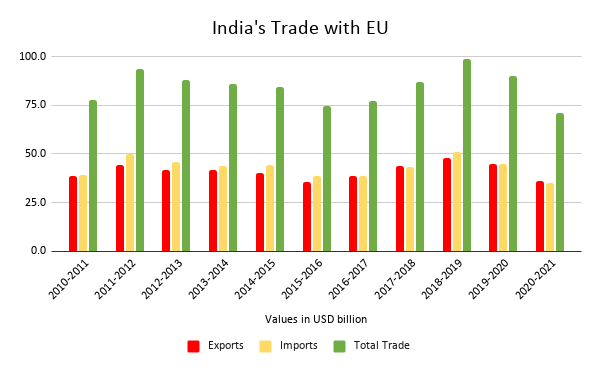
The United States: India’s Top Export Market
The United States is India’s largest export destination, particularly for IT services, pharmaceuticals, and textiles. While both governments remain in constant dialogue, issues like digital trade, intellectual property, and market access for agricultural products have slowed progress.
Historical Context: India’s Trade Strategy
India’s approach to FTAs has been cautious. The country has signed agreements with the ASEAN bloc, Japan, South Korea, Mauritius, the United Arab Emirates, and Australia. However, in 2019, India withdrew from the Regional Comprehensive Economic Partnership (RCEP), citing concerns about cheap imports flooding its markets, particularly from China.
That decision reflected the government’s balancing act: protecting domestic industries while seeking greater access abroad. The new wave of negotiations suggests a more confident approach, supported by India’s growing economy and stronger bargaining power.
Domestic Stakes and Concerns
Trade agreements have mixed effects domestically. Large industries, especially IT services, pharmaceuticals, and renewable energy, stand to benefit from expanded markets. Small businesses and farmers, however, worry about increased competition from imports.
The dairy sector has repeatedly opposed concessions in FTA talks, particularly with the EU and New Zealand. Labour groups have also called for guarantees on employment protections and fair competition.
Economist Dr. Arpita Mukherjee of ICRIER noted: “India must ensure that FTAs provide genuine market access without undermining sensitive domestic sectors. Negotiations need to balance growth with inclusivity.”
Geopolitical Dimensions
India’s FTA push is not just economic — it is also strategic. By advancing deals with Oman and the EU, New Delhi strengthens ties in West Asia and Europe, counterbalancing China’s growing influence in global trade.
Agreements with the US and EU also align with India’s role in the Indo-Pacific strategy, aimed at securing resilient supply chains and reducing dependence on single markets.
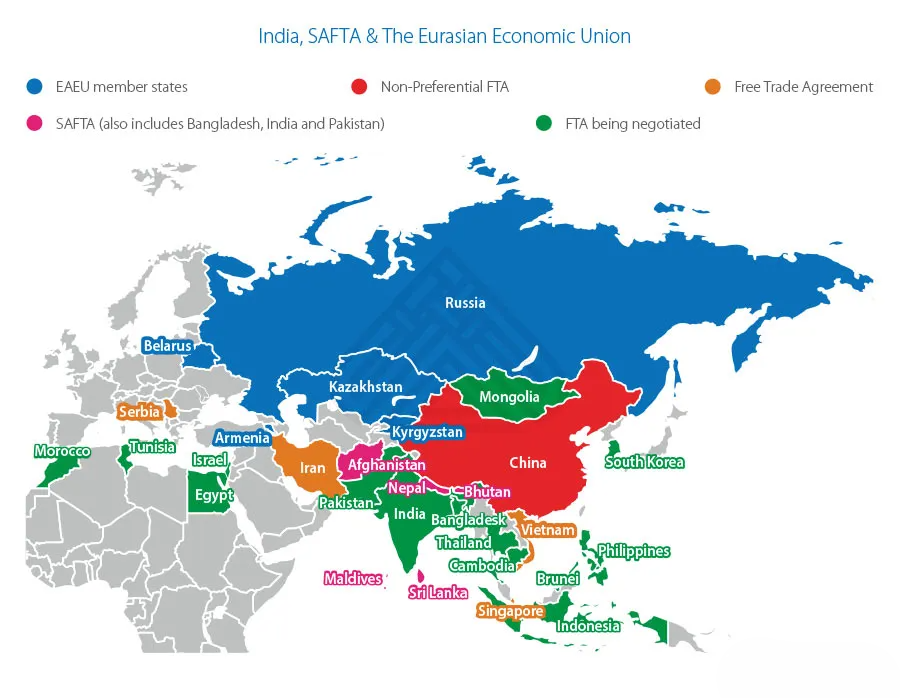
“Trade policy is increasingly an extension of foreign policy,” said Harsh V. Pant, a foreign policy expert at Observer Research Foundation. “India’s negotiations reflect both economic ambition and strategic alignment with key partners.”
Comparisons and Global Context
Other Asian economies, particularly Vietnam, have aggressively pursued FTAs with the EU, the UK, and regional blocs. These deals have boosted Vietnam’s manufacturing exports. Analysts argue that India risks losing competitiveness if it delays.
At the same time, India’s large market size gives it more leverage than smaller economies. The challenge lies in moving swiftly while securing terms that protect its long-term interests.
The Road Ahead
Officials expect the India-Oman FTA to be signed soon, while the India-EU agreement is likely in 2025. Progress with the United States may take longer, particularly given upcoming elections in both countries, which could affect political will.
Analysts believe that if India succeeds, these agreements could accelerate its export growth, attract foreign direct investment, and strengthen its role in global supply chains. But failure to address sensitive issues could stall negotiations, as seen in past trade talks.
Conclusion
India’s multiple free trade negotiations represent a turning point in its global economic strategy. By balancing domestic interests with international commitments, New Delhi seeks not only to expand its markets but also to secure a stronger voice in the evolving global trade order. The coming months will test whether India can translate momentum into signed agreements that deliver on both economic and strategic fronts.

